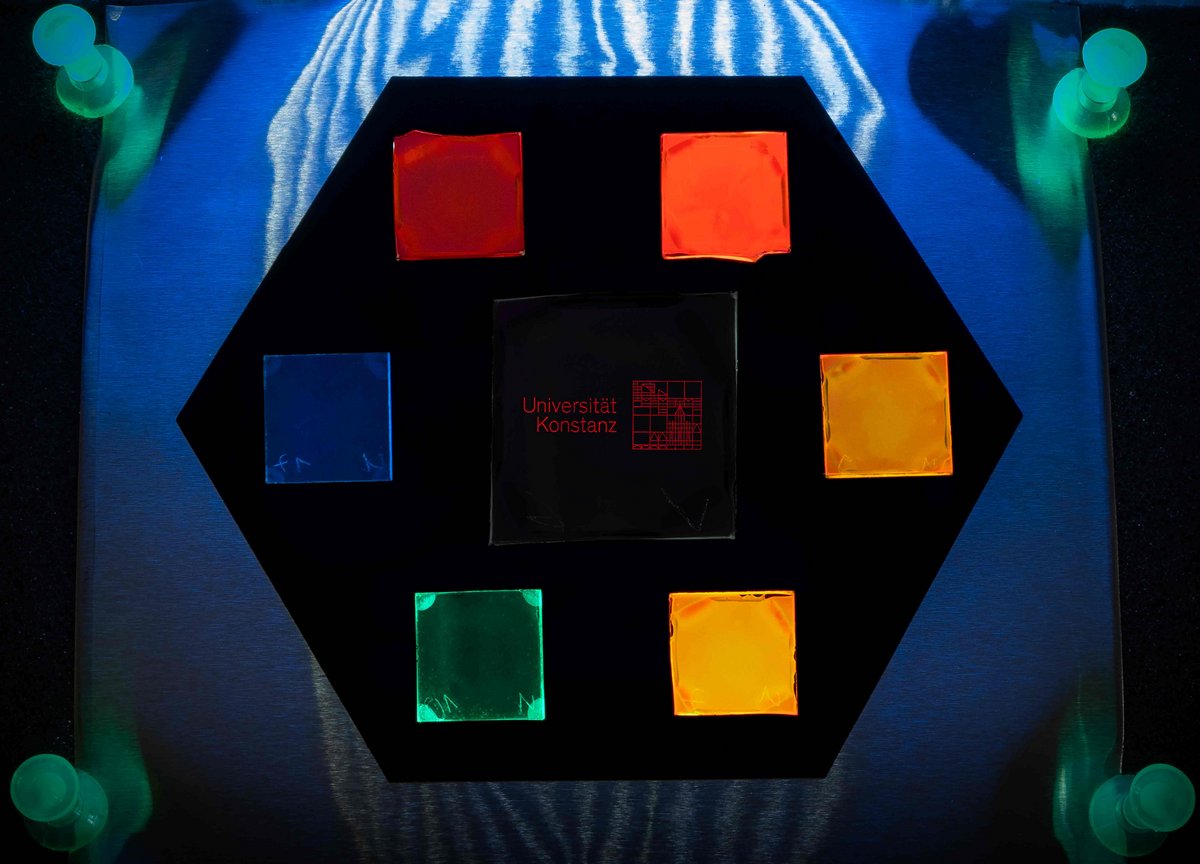Characterization

We are interested in fundamental processes in organic, hybrid and perovskite solar cells. These devices rely on a manifold of functionalities implemented due to the electronic and optical properties of interfaces between their different compounds. Via controlled manipulation of the interface properties we aim on controlling light coupling, charge generation, and charge transport, all of which play a crucial role for the efficient operation of next generation photovoltaics.
Key Techniques
There are a number of techniques employed to gain the necessary understaning and be able to draw clear conclusions from the experiments. Usually a single type of measurement will only answer a very specific feature, but not allow to gain an overall picture of the functionality and limitations of a device. Therefore we have a number of different setups for characterization starting from thin film characterization, such as UV-Vis or photoluminescence measurements to measurements of full devices (such as solar cells or LEDs) and their current-voltage characteristics and device performance. Advanced time resolved measurments help to investigate the underlying dynamic processes in devices (e.g. charge transport, charge transfer, charge recombination). Here we list some of the measurements, that are performed in our group. Please also have a look at the equipment page, giving some more details on our facilities.
Time-resolved photoluminescence spectroscopy (TRPL) allows us to monitor energy transfer and charge separation processes with 1 ps time resolution. The setup used combines a continously tunable (wavelength 350-1600 nm) fs laser system with a ps streak camera that allows to measure time and spectrally resolved photoluminescence at temperatures between 10 and 500 K and at varying applied electrical bias.
Transient absorption spectroscopy (TAS) allows us to monitor excited states and their lifetime with <1 ps time resolution. We have a pump-probe setup, which combines a continously tunable (wavelength 350-1600 nm) fs laser system with amplifier to generated fs pulses with KHz repetition rate. Temperatures between 10 and 500 K and at varying applied electrical bias are accessible. Combined with TRPL we are able to monitor in detail excitation, charge transfer and recombination dynamics in our films.
Quasi-steady state photoinduced absorption spectroscopy (PIA) gives detailed insights into the energy distribution of polaronic and excitonic states in organic and hybrid materials. As a pump-probe experiment this technique measures the differential absorption of excited species and thus allows to monitor fundamental photovoltaic processes in the µs to ms time regime.
Integrating sphere absorption measurements are employed to give a full picture of light scattering and absorption in various types of organic and hybrid solar cells. Quantification of light incoupling, back scattering, and absorption are essential for determining internal quantum efficiencies and enable the design of photon management geometries that allow targeted absorption enhancement.
Photoluminescence, electroluminescence, and electroabsorption spectroscopy at temperatures between 10 and 500 K are used in order to monitor exciton quenching mechanisms, the presence of charge transfer states, and the efficiency of energy transfer processes. Furthermore, these techniques give insights into molecular aggregation, and order and disorder of the involved materials.
Impedance spectroscopy, and transient photovoltage and photocurrent decay and CELIV experiments deliver explicit information about charge transport and recombination dynamics in organic and hybrid photovoltaics. Both setups are operated at varying bias voltages and illumination intensities in order to monitor different processes occuring along the current-voltage curve of a solar cell.
